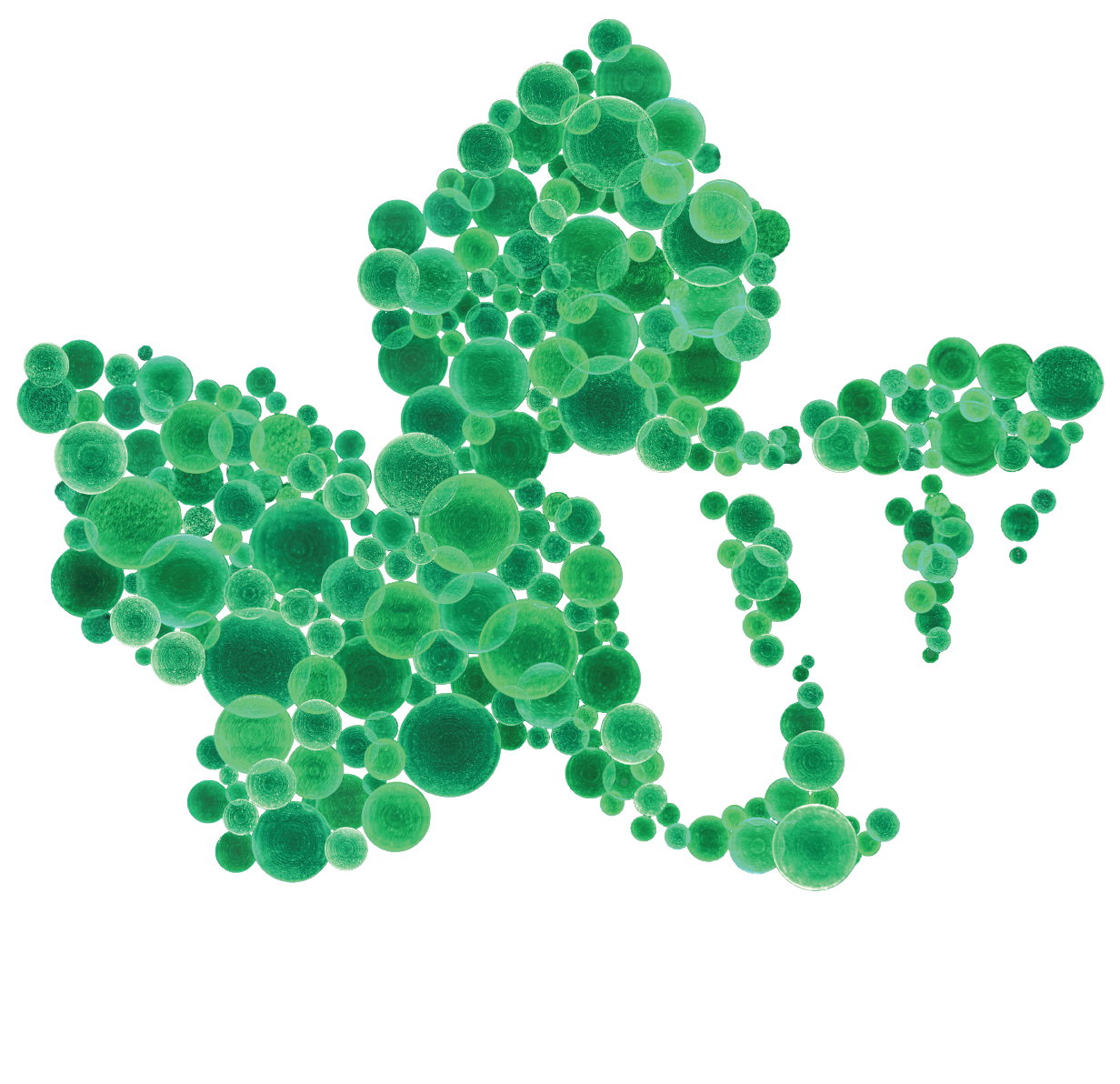Index
What is the Project Overview?
For teams cleared to advance to Phase 2, your next challenge is to consider the judges’ feedback as you work to develop your initial application into a concrete circular solution, where stakeholders are engaged throughout the design process.
Think of the Project Overview as telling the story of your team's solution. It needs to be an engaging narrative that draws readers in and helps them understand the value of the work you're doing and the ideas you want to make a reality.
What are the design guidelines for the Project Overview?
Your Project Overview First Draft must follow the design and style guidelines listed below:
Format: Multi-page PDF
Length: 6 pages (no more, no less)
Page Dimensions: ALL pages must have exact dimensions of 8.5 inches x 11 inches.
Font Size: DO NOT use any font size smaller than 11pt. This is, however, no limit to how large of a font you can use.
Font Recommendations: Helvetica, Arial, Verdana, or something similar
Text to Graphics Ratio: Ideally you should aim for around a mix of 50% text and 50% graphics (including charts) in total, with a mix of both text and graphics per page. Please use your own original graphics and shareable images.
Image resolution: Any and all images used should be have a resolution of at least 72ppi (pixels per inch).
Wege Prize logo: If you wish to use the Wege Prize logo in your Project Overview, you can download a .png logo file here. The logo must not be resized or distorted.
What software could be used to create the Project Overview?
Canva Pro (access provided to all Phase 2 teams at no cost)
We are now offering Phase 2 participants access to our team Canva Pro subscription to use for the remainder of their time in Wege Prize 2026*. After you have been admitted to Phase 2, access will be granted via an invitation from Canva sent to your email that you listed in your application.
If you have questions or issues with your access, please email wicked@wegeprize.org.
Canva Design School: Learn how to design with Canva. Thousands of tutorials on how to design like a pro, explore typography, design trends, color and more!
*Once your time in the Wege Prize competition concludes, so will your access to Canva. You will be given a 1 week grace period before your subscription ends to download and save your design files.
Alternatives
If you would prefer not to use Canva Pro, other resources that we recommend include:
Adobe InDesign - desktop publishing software
Adobe Photoshop - image editing software
Microsoft Publisher - desktop publishing software, part of the Microsoft Office software suite
Scribus - free open-source desktop publishing software (download Scribus) / (learn how to use Scribus)
GIMP - free open-source image editing software (download GIMP) / (learn how to use GIMP)
What content should the Project Overview contain?
Project Overview First Draft
The Project Overview First Draft (submitted in Phase 2) must contain the following content:
SOLUTION SUMMARY - A clear and concise summary of the solution your team is proposing
The Solution Summary (1-2 sentences) should explain your solution as succinctly as possible to help others quickly and easily understand its unique value.
PROBLEM CONTEXT & SOLUTION DETAIL
Help the judges understand the conditions — economic, geographic, social, technological, etc. — surrounding the wicked problem you’re proposing to solve. Describe in detail how the solution you are proposing will work, explain how it aligns with the principles of the circular economy, and begin to illustrate the feasibility of your business model.
Questions to address in this section include:
History — What is the history behind your wicked problem?
Scope — What is the scope of your wicked problem? Is it far-reaching, or more localized?
Location — Where in the world does this wicked problem occur?
Stakeholders/influencers — Who does this wicked problem affect, and how do economic/geographic/social/technological factors shape its effects?
Detailed summary — What are you designing and how does it address your wicked problem?
Customer/user validation — How does your solution fill a need, and for whom?
Incentive — How will people be motivated to use whatever it is you’re designing?
Creating effective flows — If your solution utilizes materials or nutrients, how are you helping them flow? If your solution connects “needs” to “haves,” how does it work?
Economic feasibility — Is your solution financially viable and can it be profitable in both the short and long term?
Innovation — How does your solution help accelerate the transition into a circular economy?
IMPACT ASSESSMENT
Explain how your solution differs from existing solutions. Describe who it benefits and what potential social, economic, environmental, and other impacts it may have.
Questions to address in this section include:
Unique value — What ideas, concepts, and/or fields of knowledge inspired your solution? How does your solution go beyond this inspiration to provide unique value?
Outcomes — In what ways can your solution have a positive impact, both for those immediately affected by your wicked problems and for the world at-large?
PROTOTYPING
The Prototyping section should detail any steps you’ve taken to begin prototyping your solution and testing it in a real-world context.
Questions to address in this section include:
Progress — How have you attempted to prototype your solution and test it in a real-world setting?
Perspective — Have you worked with others (beyond your team members) in prototyping your solution? If so, what has that outside perspective influence your process?
Learning — What have you learned from the prototyping you've done thus far, and how will you carry that learning forward into the next phase of the competition?
BARRIER ACKNOWLEDGEMENT
The Barrier Acknowledgement section should identify the challenges and barriers preventing your solution from succeeding and communicate your plan to address them.
Questions to address in this section include:
What are the challenges your solution faces (as it currently stands)? How do you plan to address them?
What are the most formidable barriers to implementing your solution (as it currently stands) in the real world? How do you plan to overcome them?
How should teams revise and refine their project overview over the course of the competition?
You'll begin by creating an initial draft of your Project Overview in Phase 2. After submitting for Phase 2, you'll receive direct feedback from the judges.
In Phase 3, you'll consider that feedback as you refine the content in your Project Overview, while also developing new content focused on the material and economic elements of your solution to complete a second draft. After submitting for Phase 3, you'll again receive direct feedback from the judges before finding out if your team has been chosen as a finalist.
Finalist teams will consider this feedback as they further refine their Project Overview into a final draft.
What are some examples of past Project Overview documents that have been successful?
Click on the images below to view examples of past Project Overview documents.
IMPORTANT: the content requirements for the Project Overview have changed since these examples were submitted, so be sure to use these examples as a reference only. Do not directly copy the formatting or contents.





